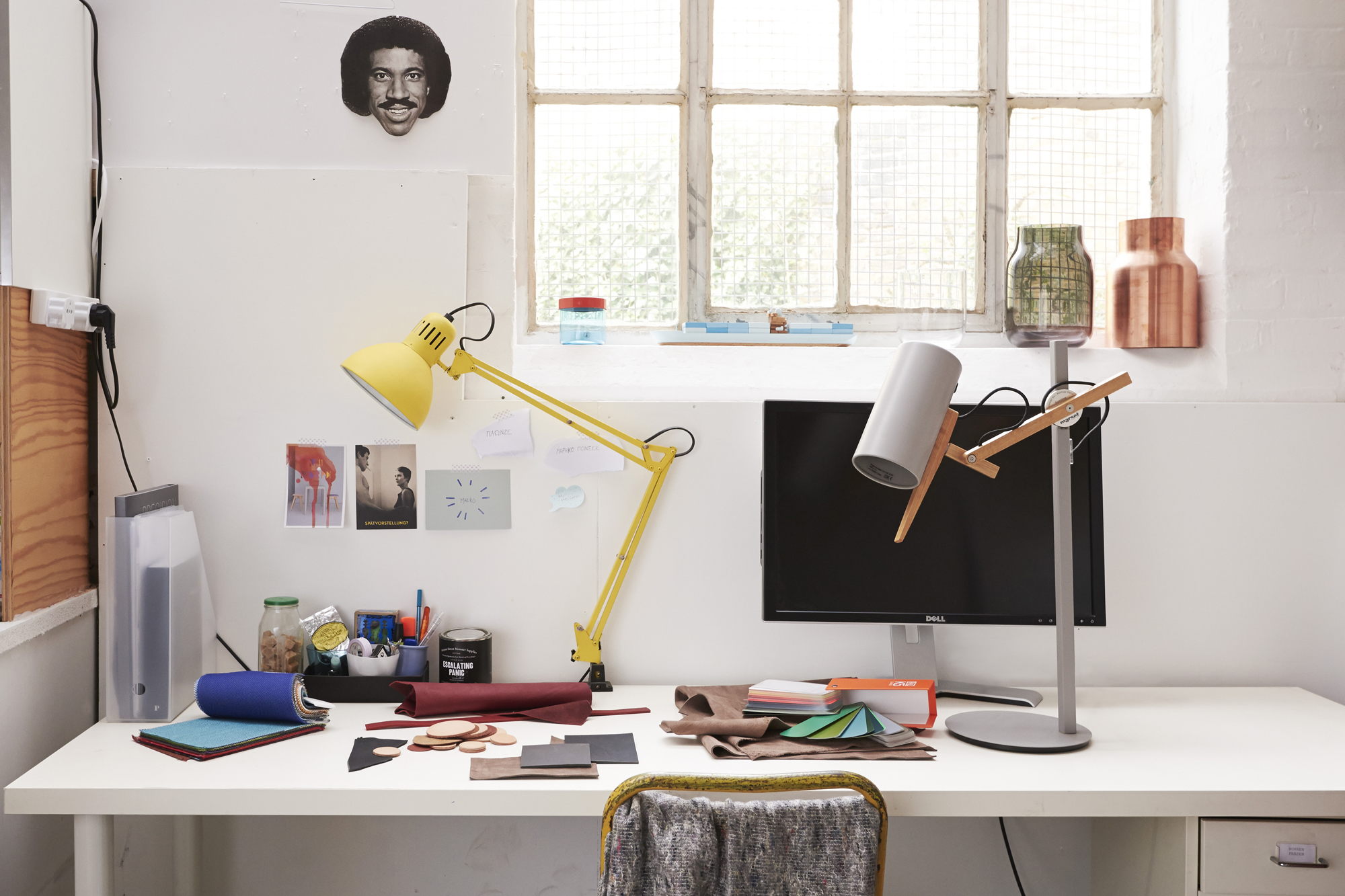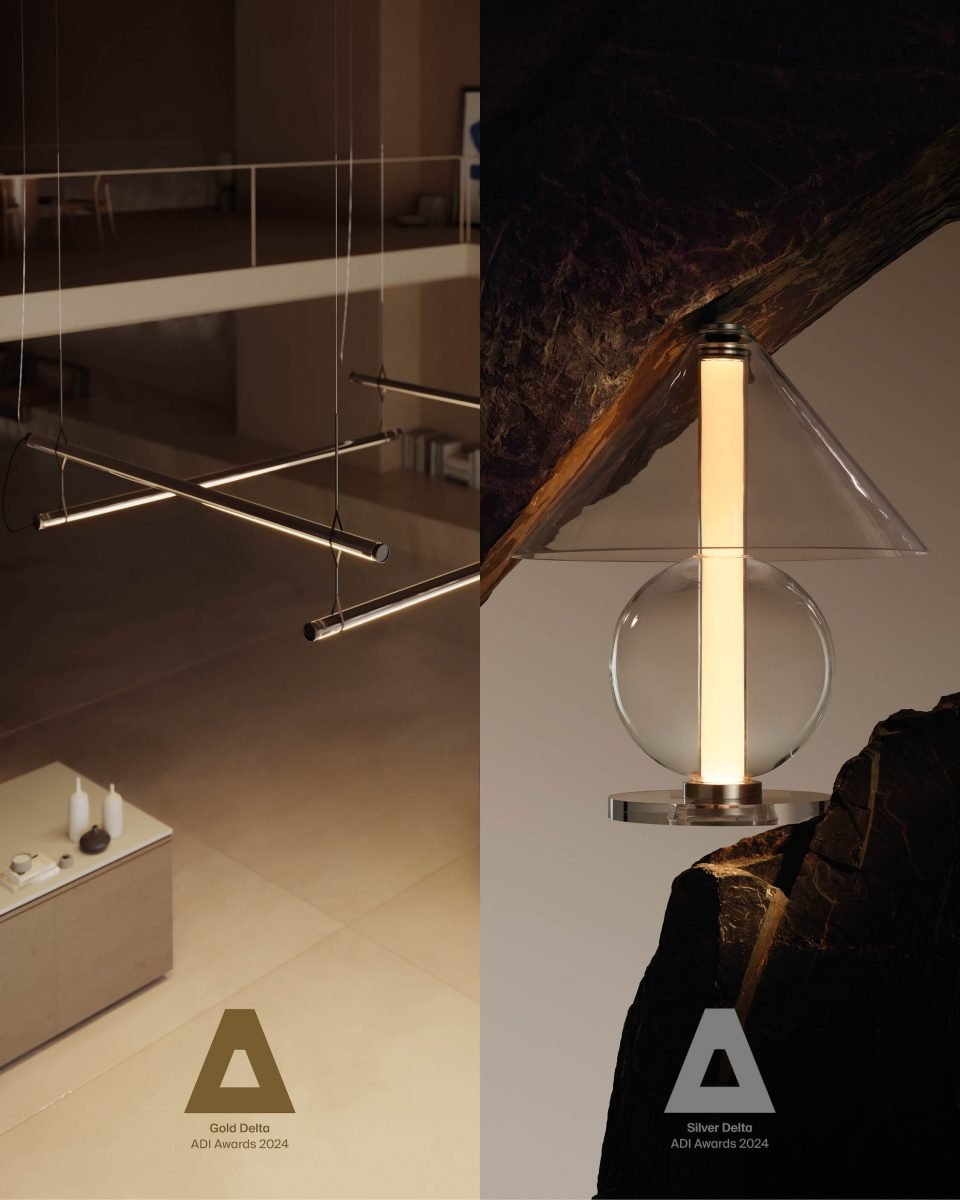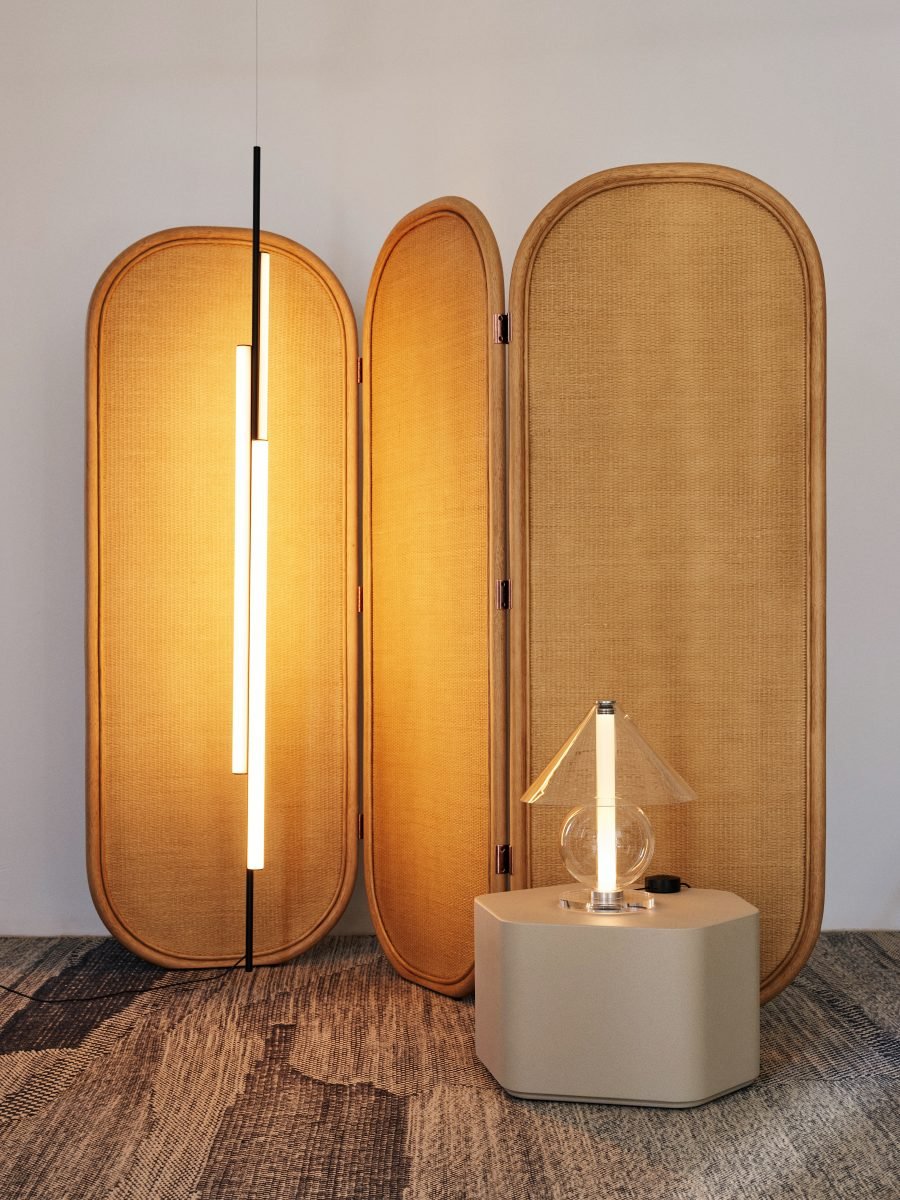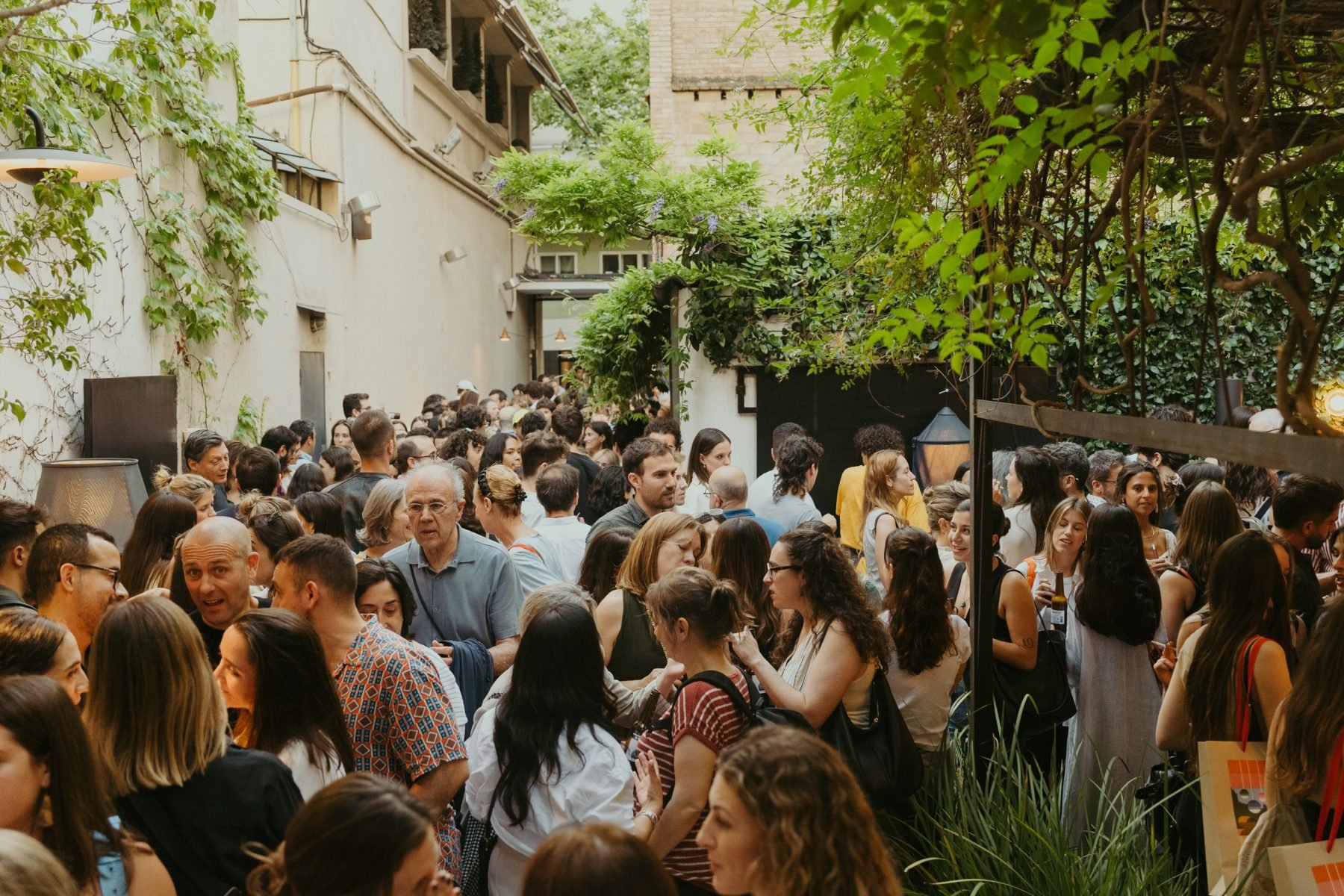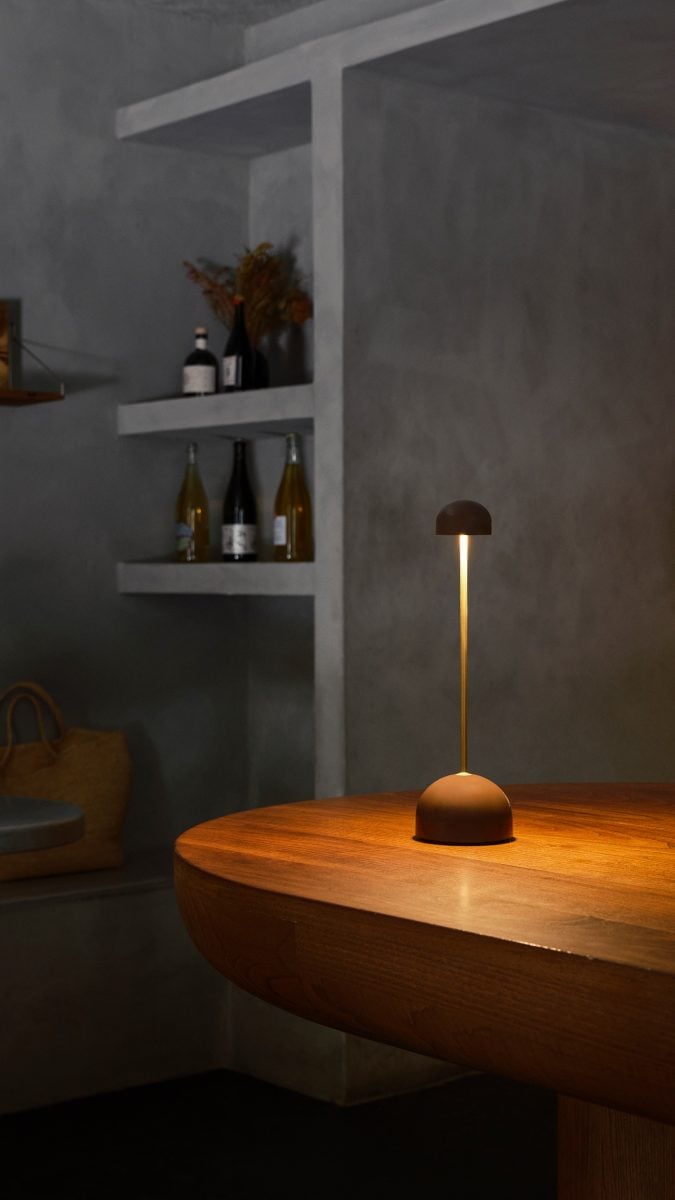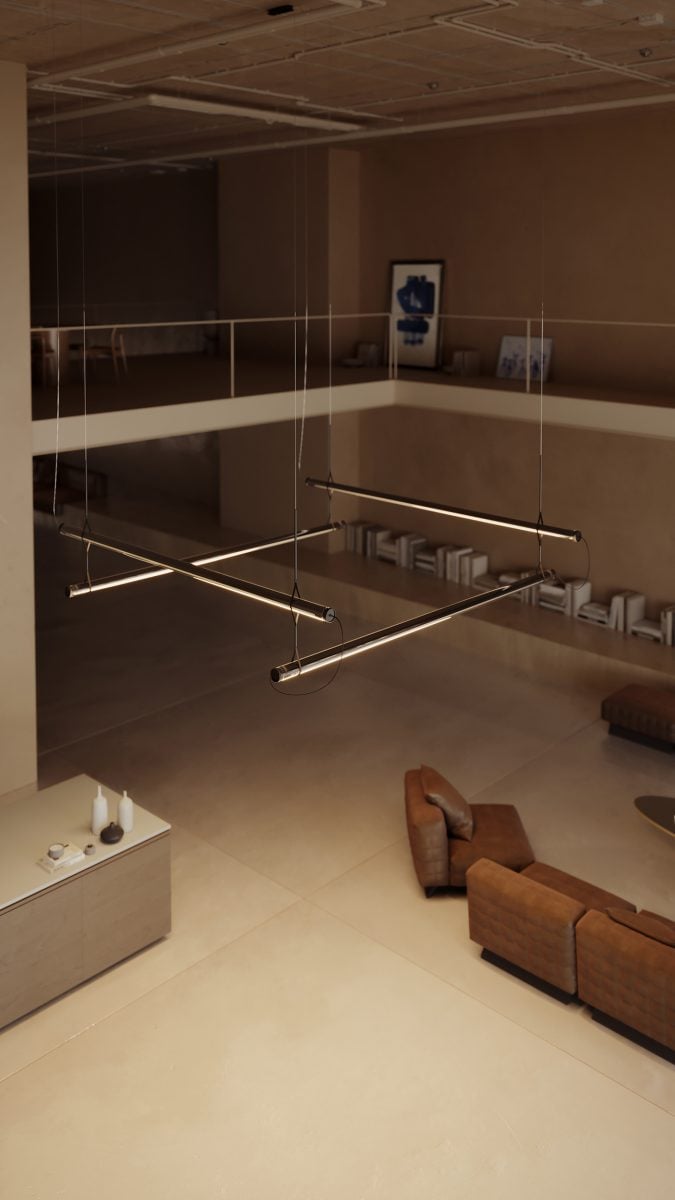Reflections on light – Mathias Hahn- part one
Mathias Hahn was born in Osnabrück, in northern Germany, and currently lives in London. He has been working with the company Marset in Barcelona since 2010. Three places, three very different kinds of light. After graduating as an industrial designer at Essen University in Germany and later at the Royal College of Arts in London, he founded his design studio in the capital of Great Britain in 2006 and is also co-founder of the OKAYstudio collective. His work focuses on utility and the way typologies can adapt to our everyday lives in order to form meaningful objects. The approach of his work is driven by the understanding of materials and the observation of the cultural backdrop that relates to the products that surround us. Since he received the 2010 German Design Award as Newcomer/Finallist, his work has repeatedly gained international recognition.
What is your favorite natural light?
When the sun is very low in the sky in the evening is when the color contrasts are the greatest. And the colors, in turn, keep shifting with the shadows.
I like the experience of light when I am travelling by train, and I keep collecting colors in my head. With the speed, all you see is bands of color, all created by the light of that very moment.
What led you to become a designer?
I began painting with my grandmother at a very young age. She was a painter and taught me the different techniques. So I wanted to become a painter or illustrator initially. At the same time I was always keen on making things. When something broke at home, my family would give it to me to fix. When I decided to join university, my first idea was to do graphic design, however ultimately I chose product design, where I could work directly with materials, with physical things. The time in the workshop has always given me a great deal of satisfaction in my studio work, and there is something about this direct and technical aspect that really fascinates me. As a designer I still work with a pencil and a paintbrush as well as in my workshop. In a way it was an evolution.
How does the design process get underway?
Usually starting points vary a lot. The initial phase can be more experimental, more reflective or more observation-based. Visiting a factory for example. Understanding a manufacturing process, reflecting on how it could be used or changed. Or questioning an existing typology by learning how it came into place.
Precisely the fact that the point of departure is always different is what makes this job so thrilling.
What does it mean to include light in an object?
Working with light means adding another layer to an object, which makes it more complex. From its passive state to the time when the light is turned on, a lamp becomes another thing altogether and the object itself ceases to be important.
Light determines the way we perceive things. And in turn, when you try to capture light, color, shadows and contrast, you see that objects are different in every moment.
What lights inspire your lamps?
Observing natural light might trigger an idea but that’s as far as it goes. If we are talking about literally re-creating a phenomenon of natural light with a product, this is nothing I am interested in. Natural light is best enjoyed naturally. We need artificial light when we don’t have natural light available, and it will always stay artificial. Understanding man-made light in cultural terms is what excites me. Like music from an instrument compared to a birds voice.
Observation and design go hand in hand.
I am a keen observer in general: of nature, of objects, of people.
To me design is like a language that can be read. As each of us perceives things and objects according to their own personal and cultural background, I am very interested in the context and how things correlate. In this sense, the same holds true with the concept of beauty. If you surprise people with a formal design, it’s because of the context, regardless of whether or not it is shared.
Light determines the way we perceive things
